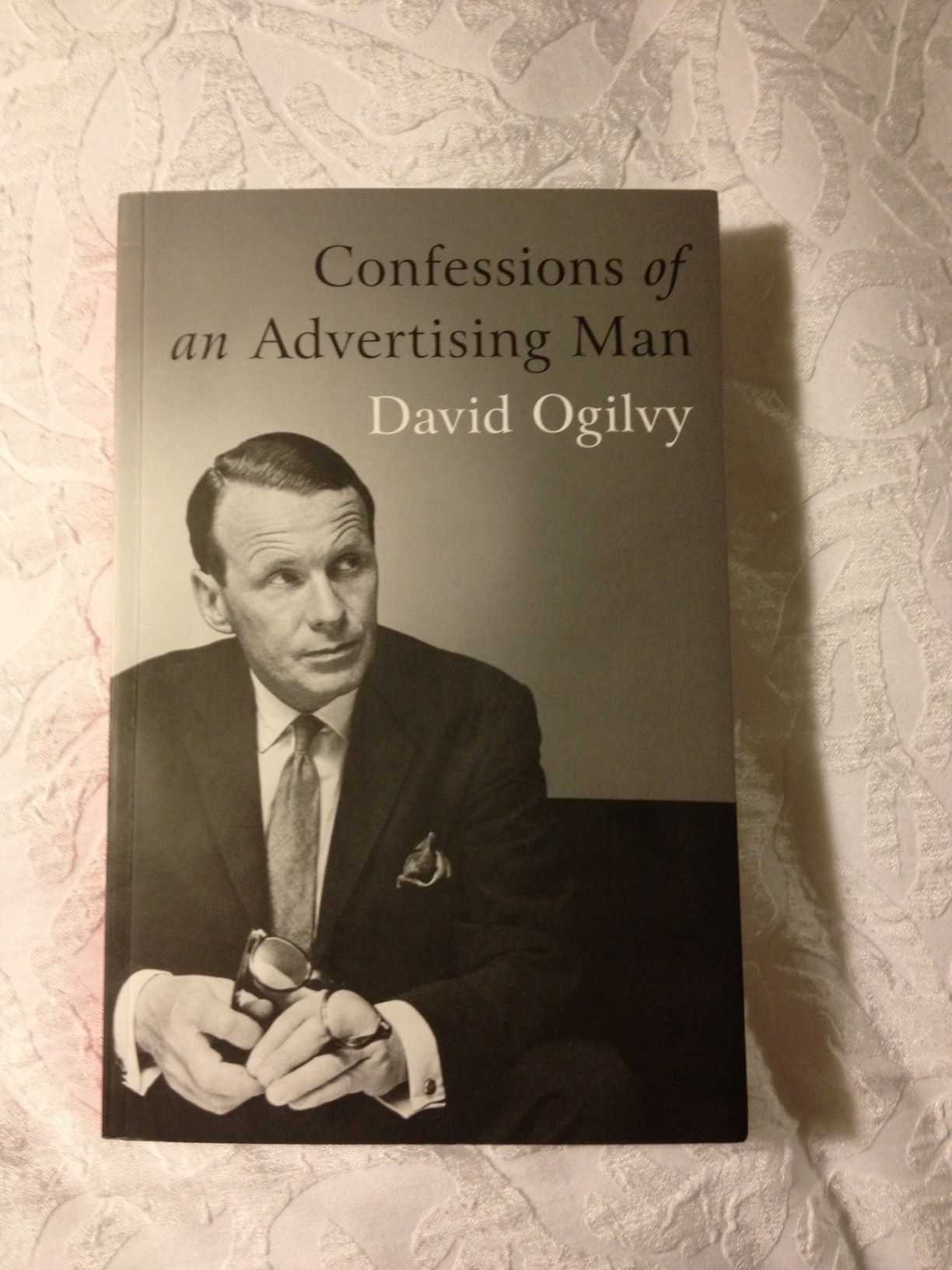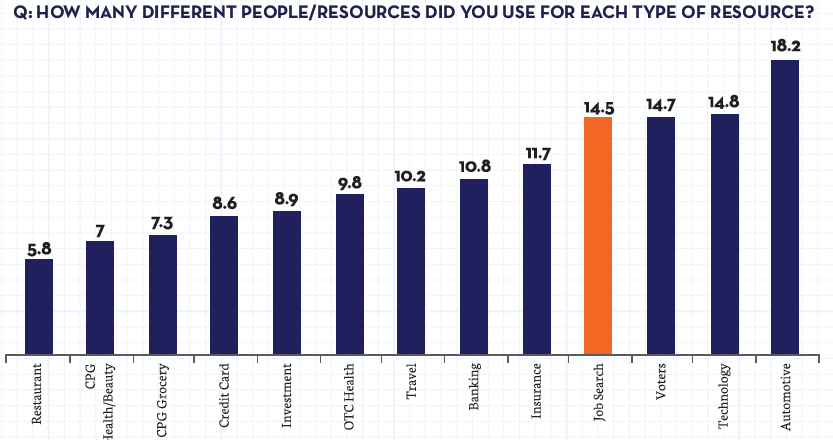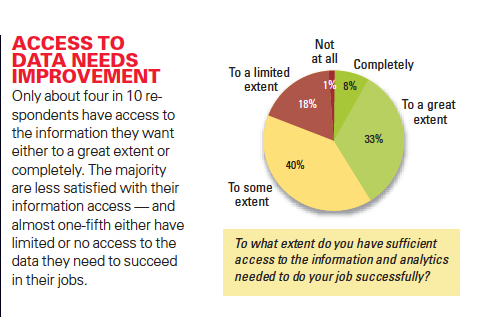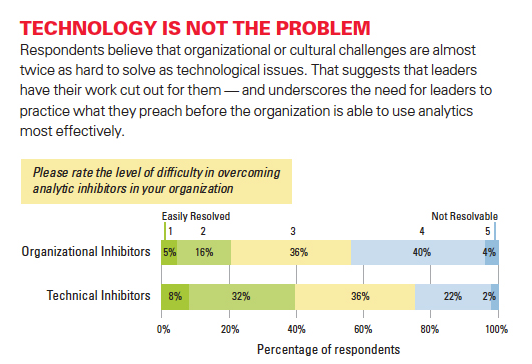A recent post on the Venture Beat site, A Clockwork Orange? EmSense can monitor your emotional reactions to media, about new applications in marketing research of something called 'quantitative neurometrics', a process facilitated by a subject strapping on a slick brainwave-sensing device and allowing their reactions to various forms of media to be monitored and tracked.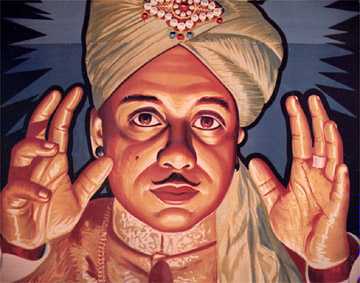 I predict you will be a '3' on your review...
I predict you will be a '3' on your review...
The basic premise of quantitative neurometrics is that by measuring more precisely and accurately subjects' emotional responses to advertising, creative concepts, packaging and the shopping experience content and campaigns can be better aligned with the target demographic's true emotional responses, and be more accurate than traditional means. The approach plays off the conventional wisdom that people often say they like something or are likely to do something, when in reality what they really like and actually do are quite different indeed.
So naturally for marketers and designers of advertising campaigns, store layouts, product placement professionals, really anyone looking to sell something, (or at least incent a prospect to consider buying something), quantitative neurometrics seems to offer a level of detailed information that could be exploited for commercial benefit. This is of course putting aside the general creepiness factor of strapping a brainwave monitoring tool to a subject while flashing your latest ads for minivans, or detergent, or vacation property in Tennessee.
As I read the piece in Venture Beat naturally I began to think of ways that brainwave monitoring could help organizations solve some of their more pressing challenges (again suspending disbelief long enough to imagine a workplace where employees would agree to submit to this kind of monitoring), and what kinds of long-standing workplace assumptions that quantiative neurometrics could help test.
Off the top of my head here goes:
Company Off-site teambuilding events
You think: Fantastic opportunity to get the team together, to bond and grow as a creative, energized, and inspired collection of problem-solving dynamos as only 'trust-falls' can conjure. The team returns to the office the next day with a new sense of spirit and togetherness.
They Think : If I don't attend, do I have to take PTO? Is there an open-bar? Don from Shipping really needs to put his shirt back on.
The CEO's quarterly message to the troops
You think : The team loves to hear about the news and strategy of the company right from the top. It is great that Joe the CEO is so accessible and open.
They think : If I don't attend, do I have to take PTO? Is Joe wearing a monogrammed shirt? With cufflinks? I hope he doesn't announce another off-site teambuilding session.
The Annual Performance Review
You think : Our process for linking company goals down to individual employee objectives is perfect for achieving optimal aligment, shared vision, and progess towards strategic goals. It is a win-win.
They think: I work in the mail room. I am not really sure what the heck I can do to improve our market share in Europe. Will there be any merit increases at all this year? Can you please tell Don from Shipping to put his shirt back on?
Sure, mind-reading might have a better and more profitable future in the worlds of marketing and advertising, but who says the HR and Talent professionals can't get in on some of the fun?
If you could really, truly, know what your staff was thinking, and have more insight to their honest emotional reactions to your environment, workplace technologies, communications, and so on, wouldn't you want to find out?
Or maybe instead of investing in brainwave-reading technology we could work to create a workplace where we really could just ask people what they are feeling, and they really would be comfortable sharing.
For the record - at the moment I am think almost exclusively on having a donut. But you did not need quantitative neurometrics to sort that out.

 Steve
Steve
